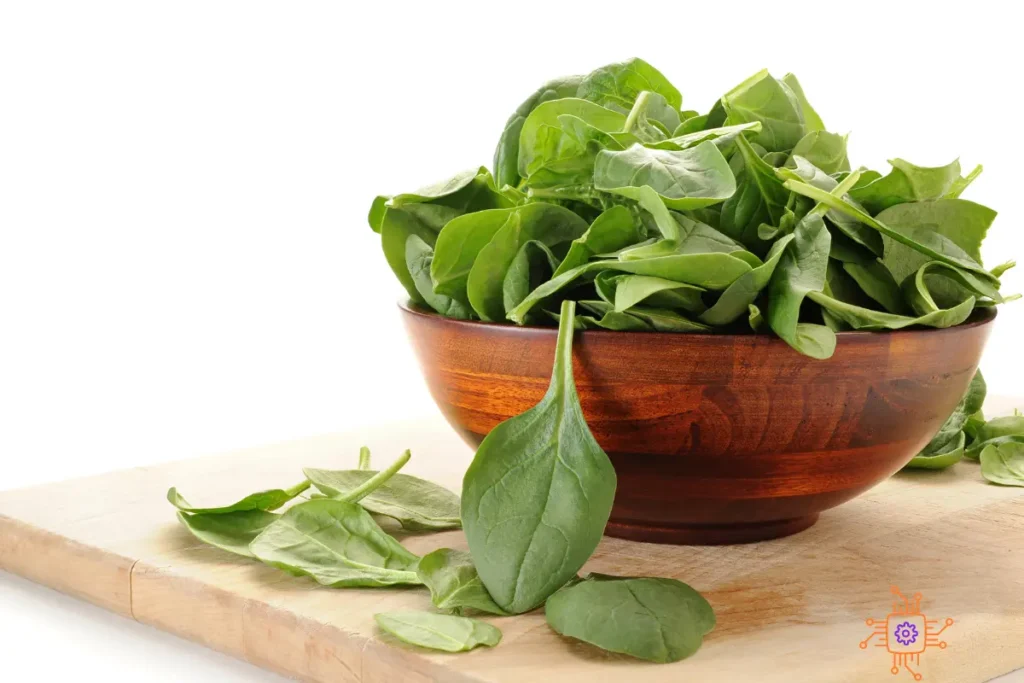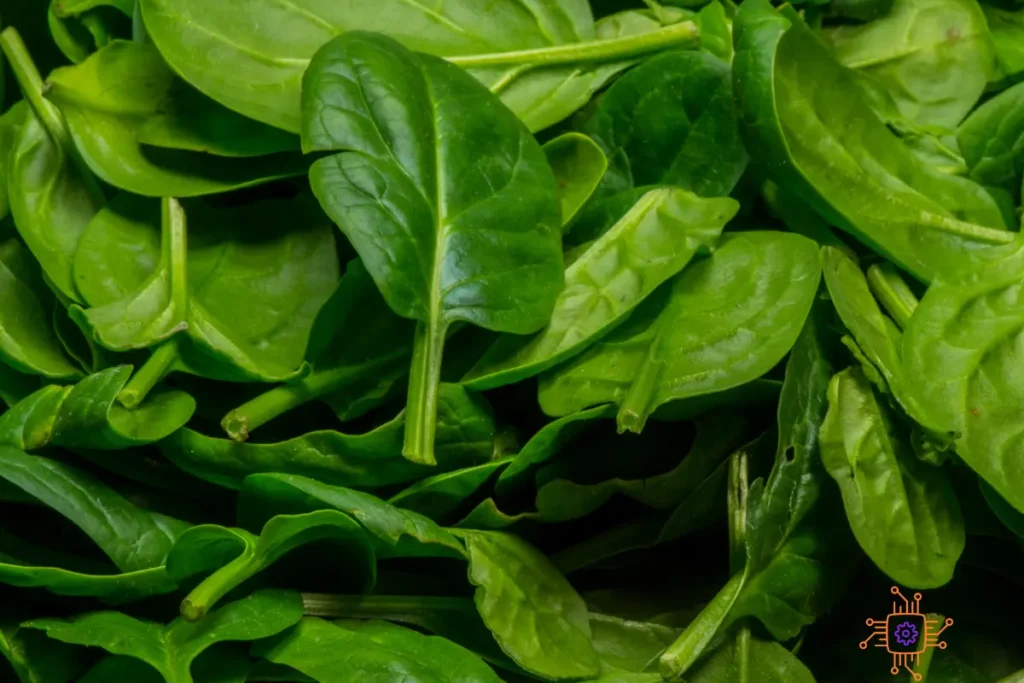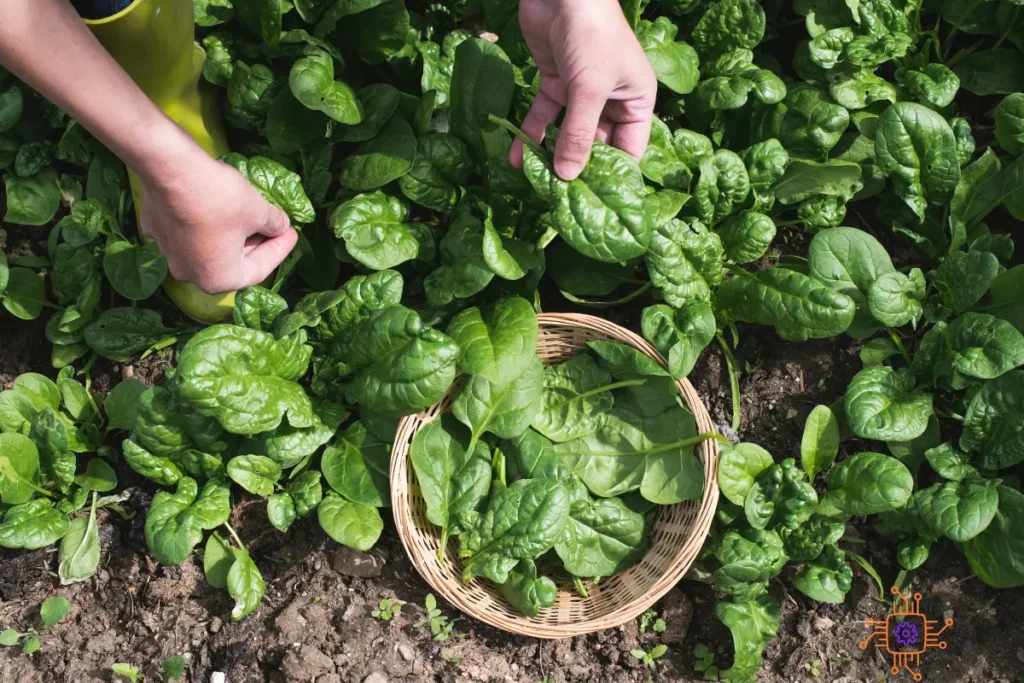Winter is the perfect time to grow spinach at home. It’s a versatile and nutritious leafy green that thrives in cooler weather.
Plus, there’s nothing quite like harvesting your own fresh spinach for salads, smoothies, or delicious cooked dishes.
If you’re new to gardening or just looking to improve your spinach-growing skills, you’re in the right place.
In this article, we’ll provide you with some simple and practical tips to successfully grow spinach at home this winter.
Choose the Right Location:
Start by selecting a suitable location for your spinach. Spinach loves cool weather, so pick a spot that receives at least 4-6 hours of sunlight per day.
If you live in a region with extremely cold winters, you can even consider using a cold frame or a greenhouse to extend the growing season.
Prepare the Soil:
Spinach prefers well-draining soil with a pH level between 6.0 and 7.0. Make sure your soil is rich in organic matter, such as compost, to improve fertility and water retention.
Loosen the soil to a depth of at least 6 inches to ensure the roots can penetrate easily.
Choose the Right Spinach Variety:
There are several spinach varieties available, each with its own unique characteristics.
Some common choices include “Bloomsdale,” “Winter Bloomsdale,” and “Savoy.”
When selecting your spinach seeds or seedlings, consider factors like your local climate and the space you have available.
For winter growth, look for cold-hardy varieties that can withstand low temperatures.

Sow Spinach Seeds:
Spinach can be grown from seeds or seedlings, but starting from seeds allows you to choose from a wider variety of options.
Sow your spinach seeds about ½ inch deep and space them 2-4 inches apart in rows that are 12-18 inches apart.
This spacing will ensure good air circulation and prevent overcrowding.
Watering Spinach:
Consistent watering is essential for spinach, but be mindful not to overwater.
Keep the soil evenly moist but not waterlogged. A layer of mulch can help retain moisture and prevent the soil from drying out too quickly.
During the winter, pay attention to the soil, as it may dry out more slowly than in warmer months.
Fertilize Sparingly:
Spinach doesn’t require excessive fertilization.
A balanced, all-purpose fertilizer can be applied before planting, and a light side-dressing of compost during the growing season should be sufficient.
Avoid using high-nitrogen fertilizers, as they can lead to excessive leaf growth at the expense of root development.

Protect from Pests:
While spinach is generally resistant to most pests, you may encounter some common garden pests like aphids, slugs, or snails.
Use natural remedies or organic pest control methods to keep these unwanted visitors at bay.
Neem oil, diatomaceous earth, or a simple homemade garlic spray can help deter them.
Thin Seedlings:
Once your spinach seedlings have sprouted and developed their first true leaves, thin them to allow proper spacing.
Crowded spinach plants can result in smaller leaves and increased susceptibility to disease.
Maintain the recommended spacing of 2-4 inches between plants.
Harvest Spinach Leaves:
Your spinach will be ready for harvest in about 4-6 weeks after planting, or when the leaves have reached a desirable size.
To harvest, simply pick the outer leaves, leaving the inner leaves to continue growing.
This method, called “cut and come again,” allows you to enjoy a continuous harvest throughout the season.
Extend the Season:
To extend your spinach harvest through the winter, consider using row covers or cloches to protect the plants from frost.
Additionally, planting a new batch of spinach seeds every few weeks can ensure a continuous supply of fresh, homegrown spinach.

Store Spinach Properly:
If you have an abundant harvest, you can store spinach in the refrigerator.
To do so, wash the leaves, pat them dry, and store them in an airtight container or a plastic bag with a paper towel to absorb excess moisture.
Properly stored spinach can stay fresh for up to a week.
Be Mindful of Frost:
While spinach can withstand chilly temperatures, severe frost can damage or kill your plants.
Keep an eye on the weather and cover your spinach with blankets or row covers on particularly cold nights.
This extra protection can make a significant difference in the health of your crop.
Growing spinach at home during the winter season is a rewarding and practical way to ensure a fresh supply of this nutritious green.
By following these simple and conversational tips, you’ll be well on your way to enjoying your own homegrown spinach throughout the cold months.
So, roll up your sleeves, get your hands in the soil, and watch your spinach thrive. Happy gardening!

